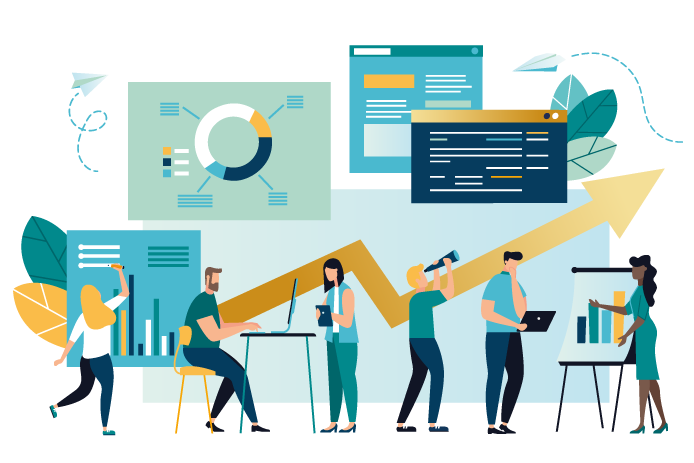The economic potential of generative AI
THE GENERATIVE AI ECONOMIC POTENTIAL STUDY by McKinsey
Free download below
Generative AI is poised to unleash the next wave of productivity. McKinsey researchers took a first look at where business value could accrue and the potential impacts on the workforce.
Generative AI is a step change in the evolution of artificial intelligence. As companies rush to adapt and implement it, understanding the technology’s potential to deliver value to the economy and society at large will help shape critical decisions.
In addition to the potential value generative AI can deliver in function-specific use cases, the technology could drive value across an entire organization by revolutionizing internal knowledge management systems. Generative AI’s impressive command of natural-language processing can help employees retrieve stored internal knowledge by formulating queries in the same way they might ask a human a question and engage in continuing dialogue.
This could empower teams to quickly access relevant information, enabling them to rapidly make better-informed decisions and develop effective strategies.
Key insights:
- Generative AI’s impact on productivity could add trillions of dollars in value to the global economy. Our latest research estimates that generative AI could add the equivalent of $2.6 trillion to $4.4 trillion annually across the 63 use cases have been analyzed
- About 75 percent of the value that generative AI use cases could deliver falls across four areas: Customer operations, marketing and sales, software engineering, and R&D.
- Generative AI will have a significant impact across all industry sectors. Banking, high tech, and life sciences are among the industries that could see the biggest impact as a percentage of their revenues from generative AI.
- Generative AI has the potential to change the anatomy of work, augmenting the capabilities of individual workers by automating some of their individual activities.
- The pace of workforce transformation is likely to accelerate, given increases in the potential for technical automation. Our updated adoption scenarios, including technology development, economic feasibility, and diffusion timelines, lead to estimates that half of today’s work activities could be automated between 2030 and 2060, with a midpoint in 2045, or roughly a decade earlier than in our previous estimates.
- Generative AI can substantially increase labor productivity across the economy, but that will require investments to support workers as they shift work activities or change jobs. Generative AI could enable labor productivity growth of 0.1 to 0.6 percent annually through 2040, depending on the rate of technology adoption and redeployment of worker time into other activities.
- The era of generative AI is just beginning. Excitement over this technology is palpable, and early pilots are compelling. But a full realization of the technology’s benefits will take time, and leaders in business and society still have considerable challenges to address.
AI could drive value across an entire organization by revolutionizing internal knowledge management systems
Does your organization have a plan to develop and manage the necessary AI skills and harness its collaborative potential?
Our Skills-as-a-Service will elevate your transformation



